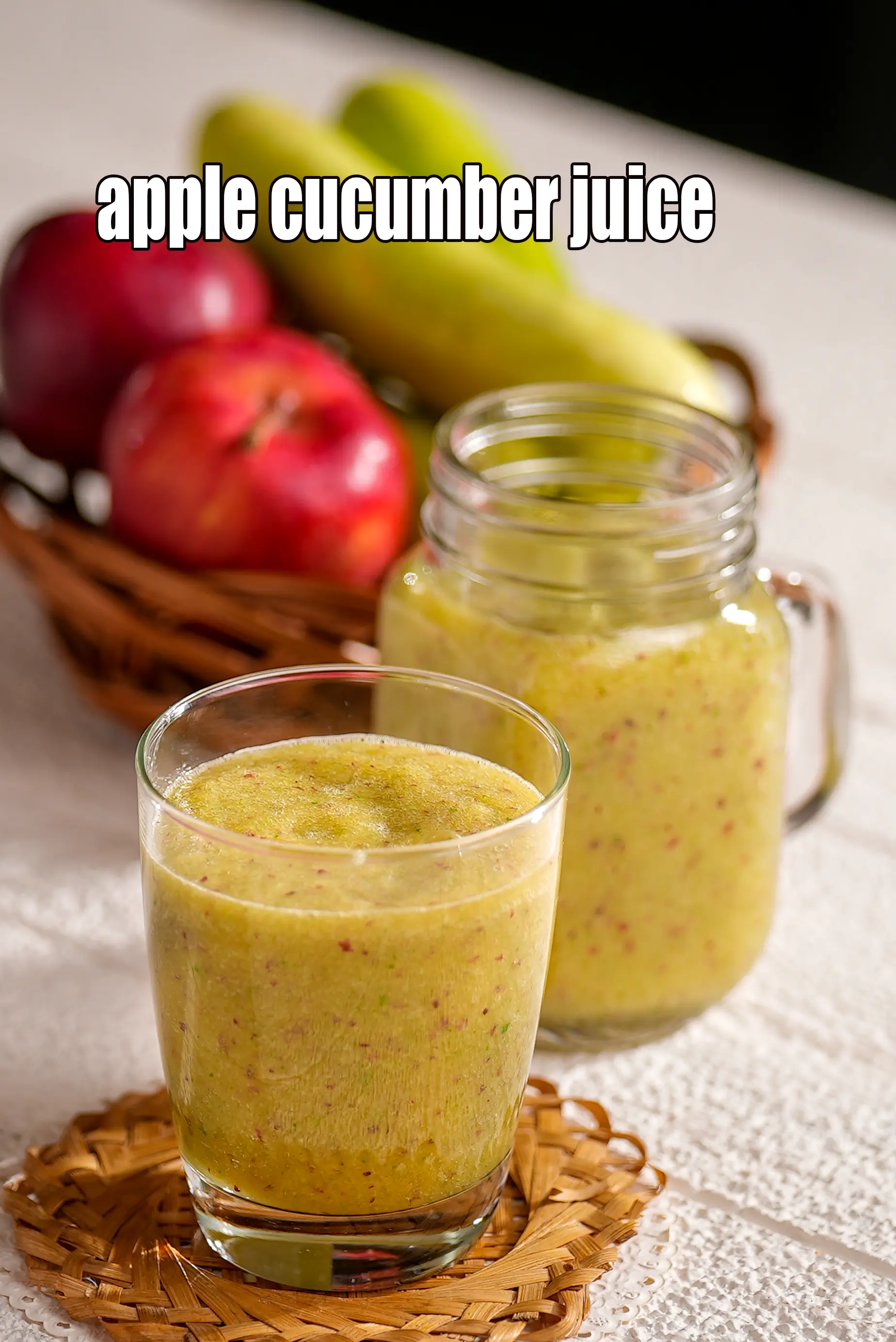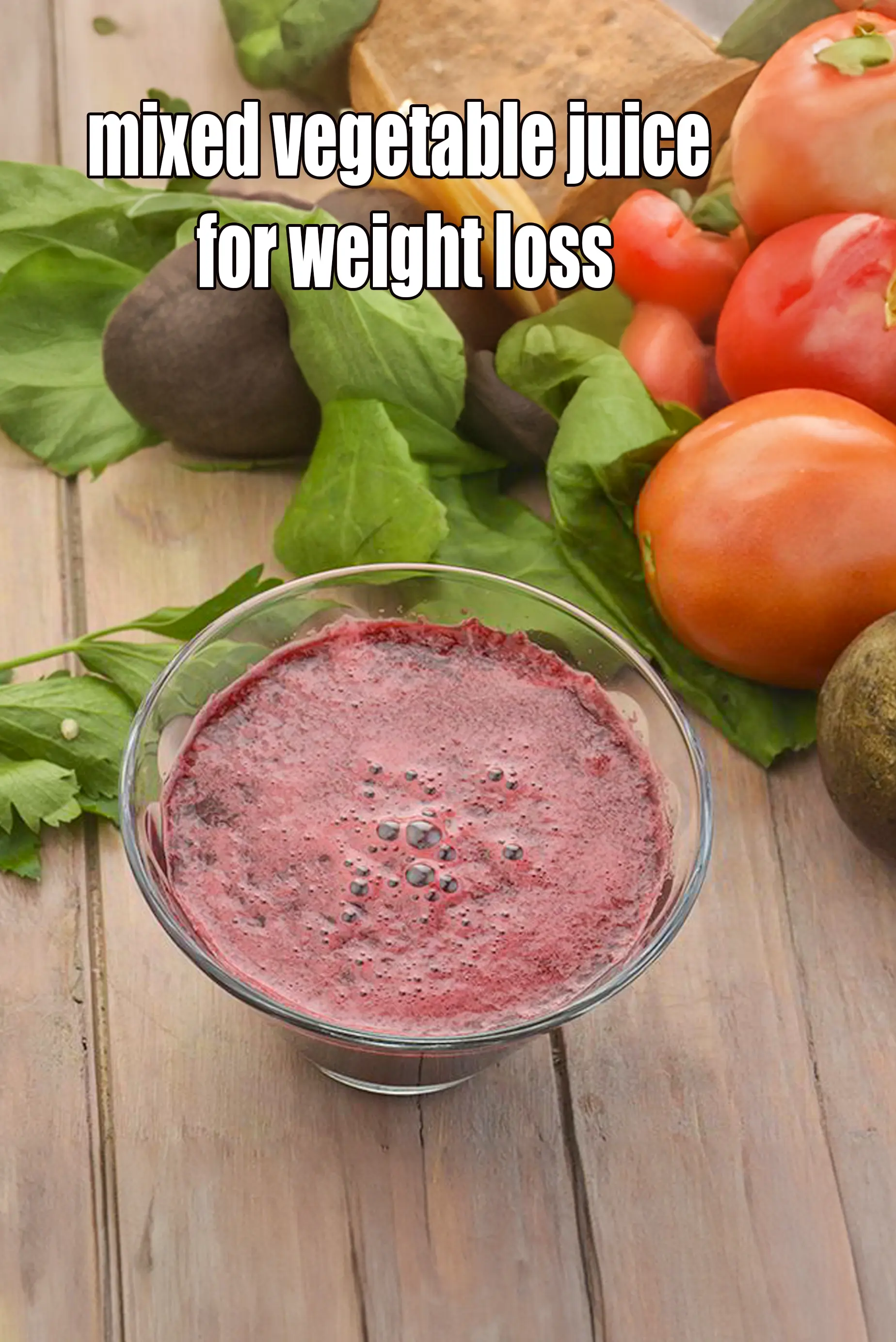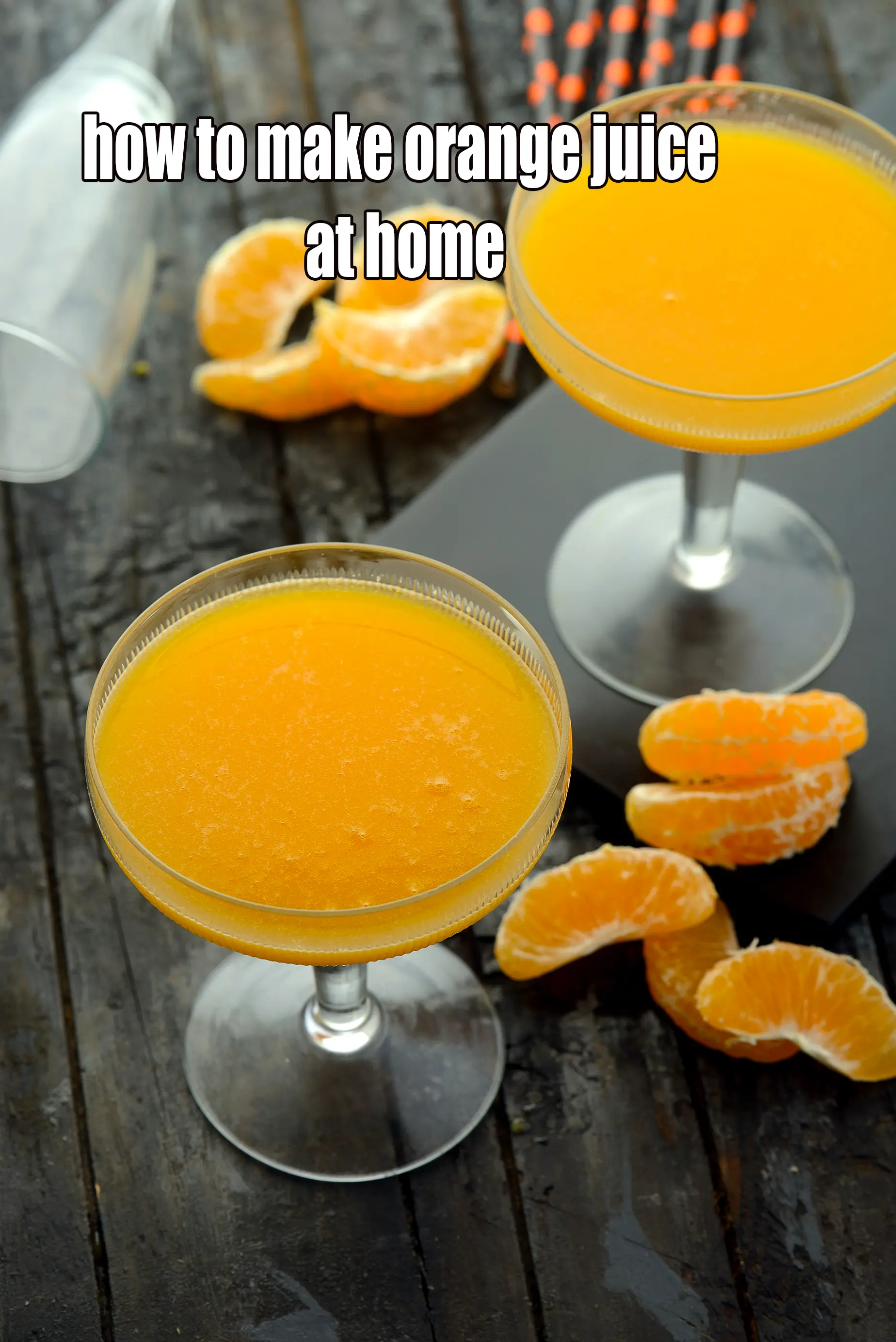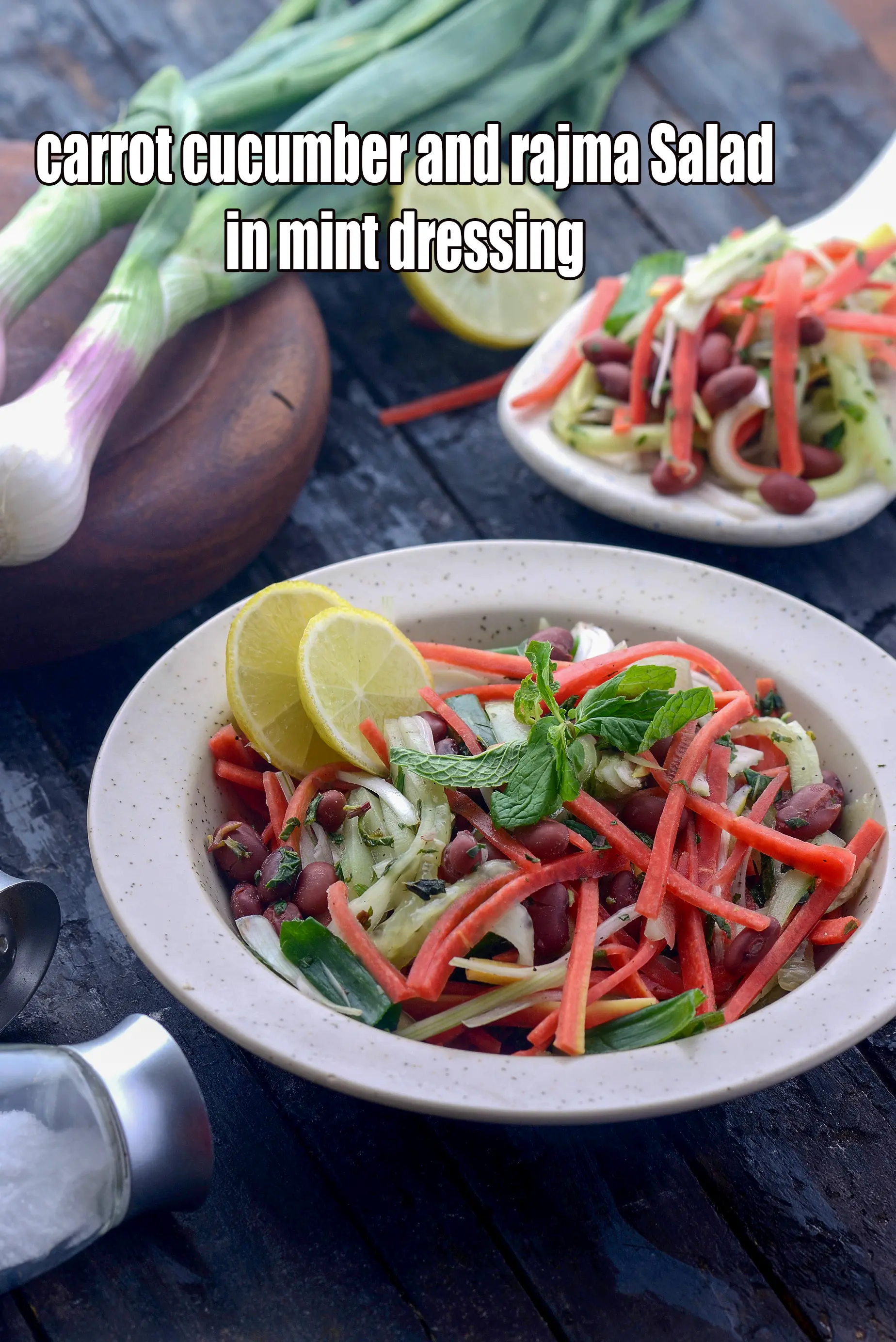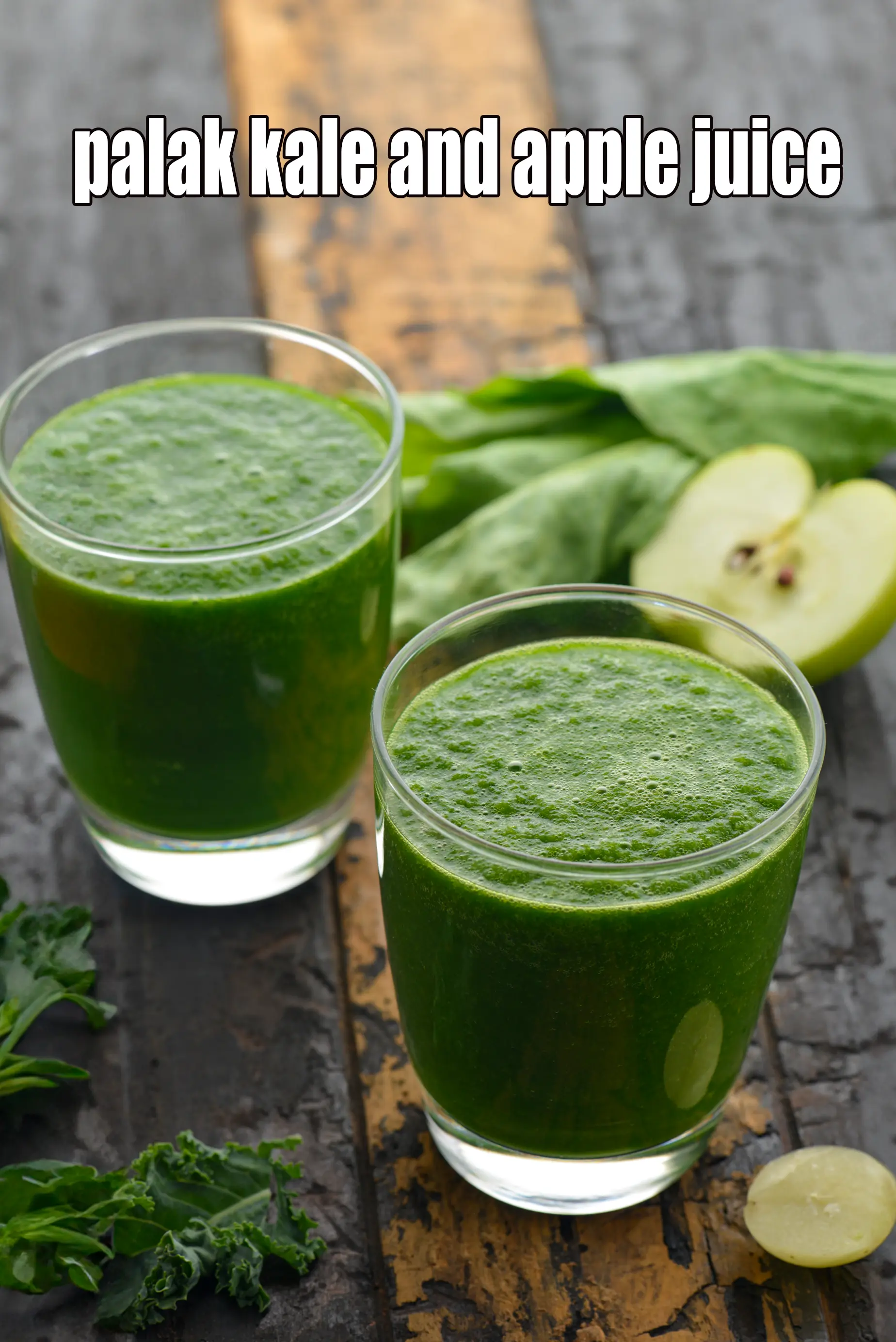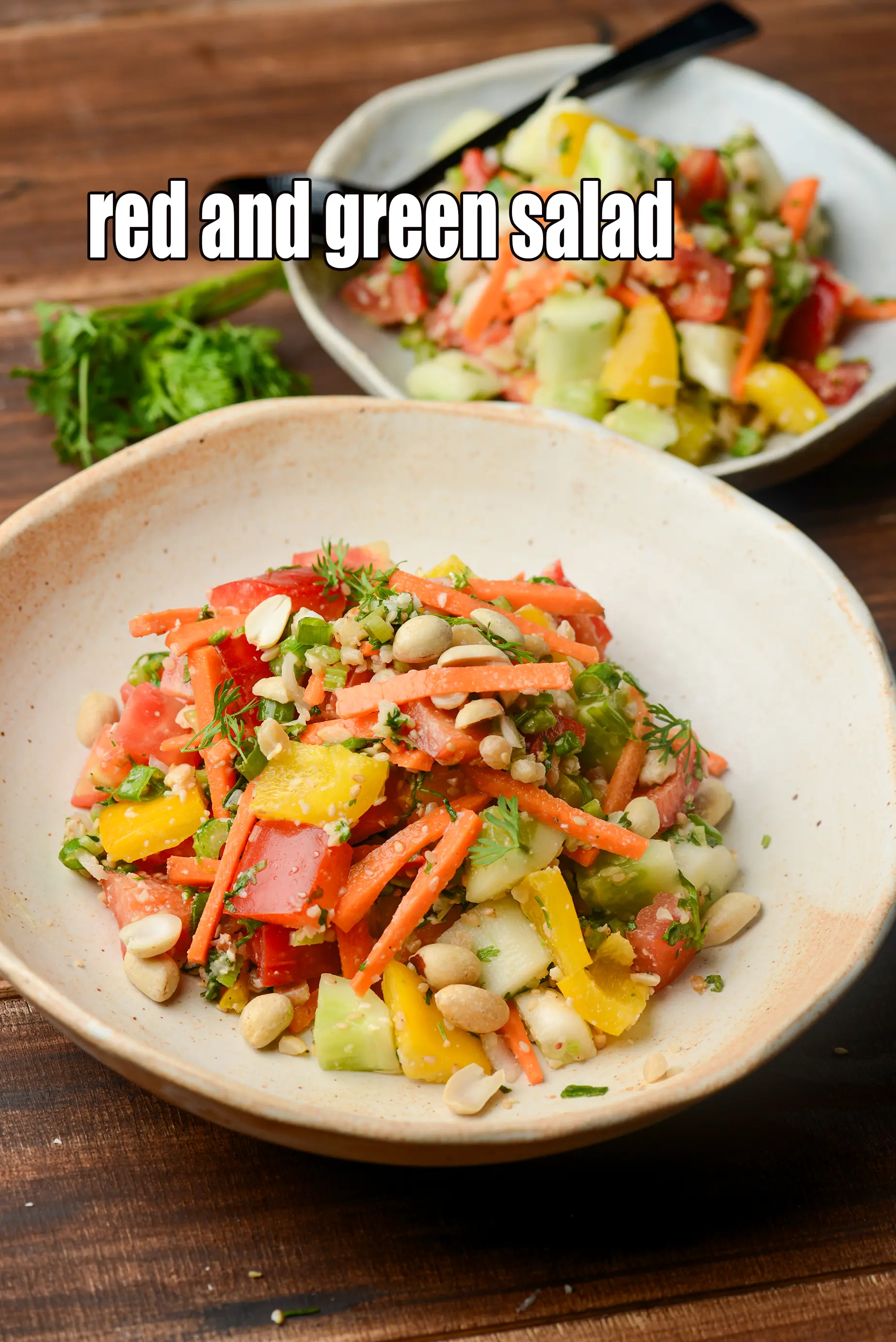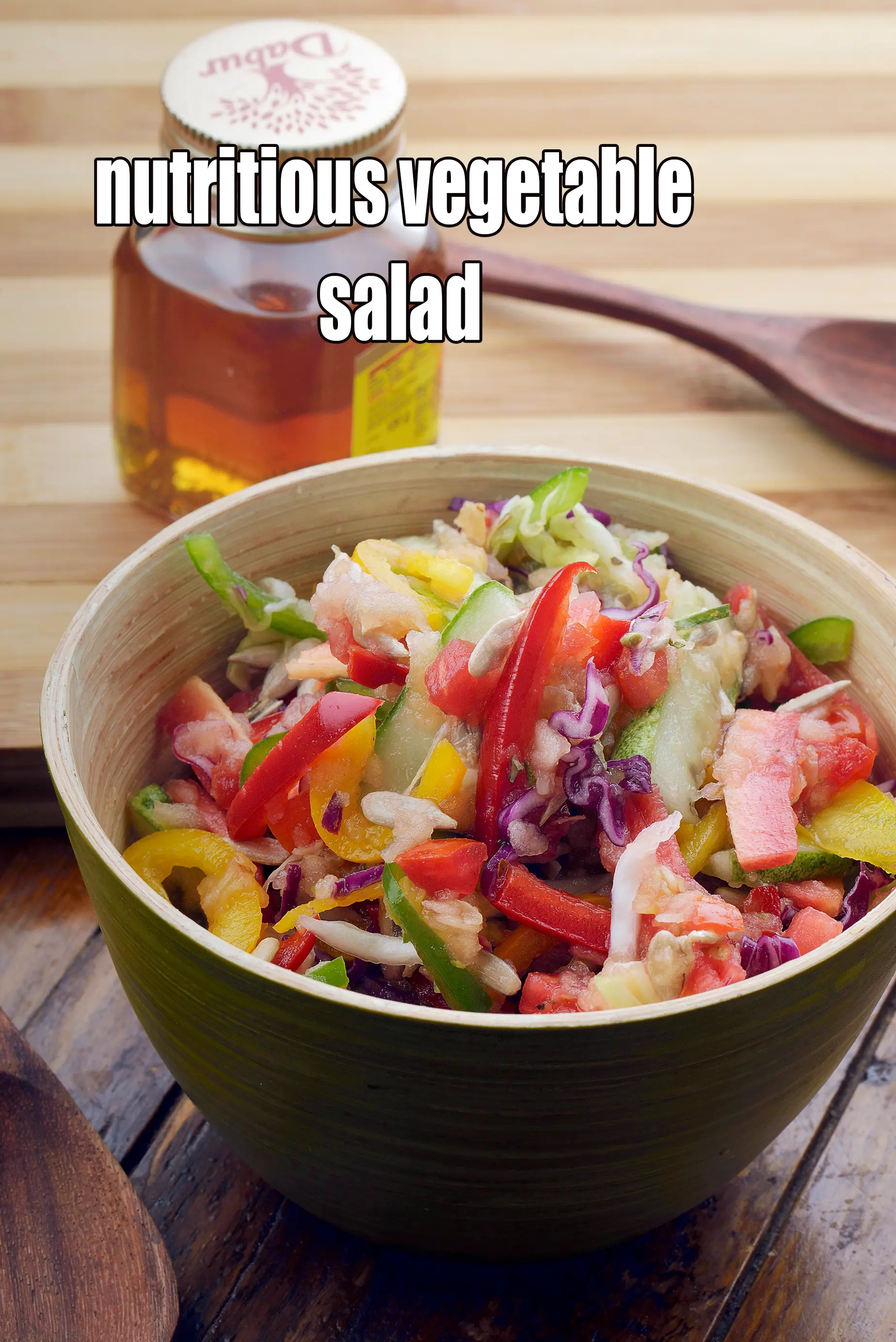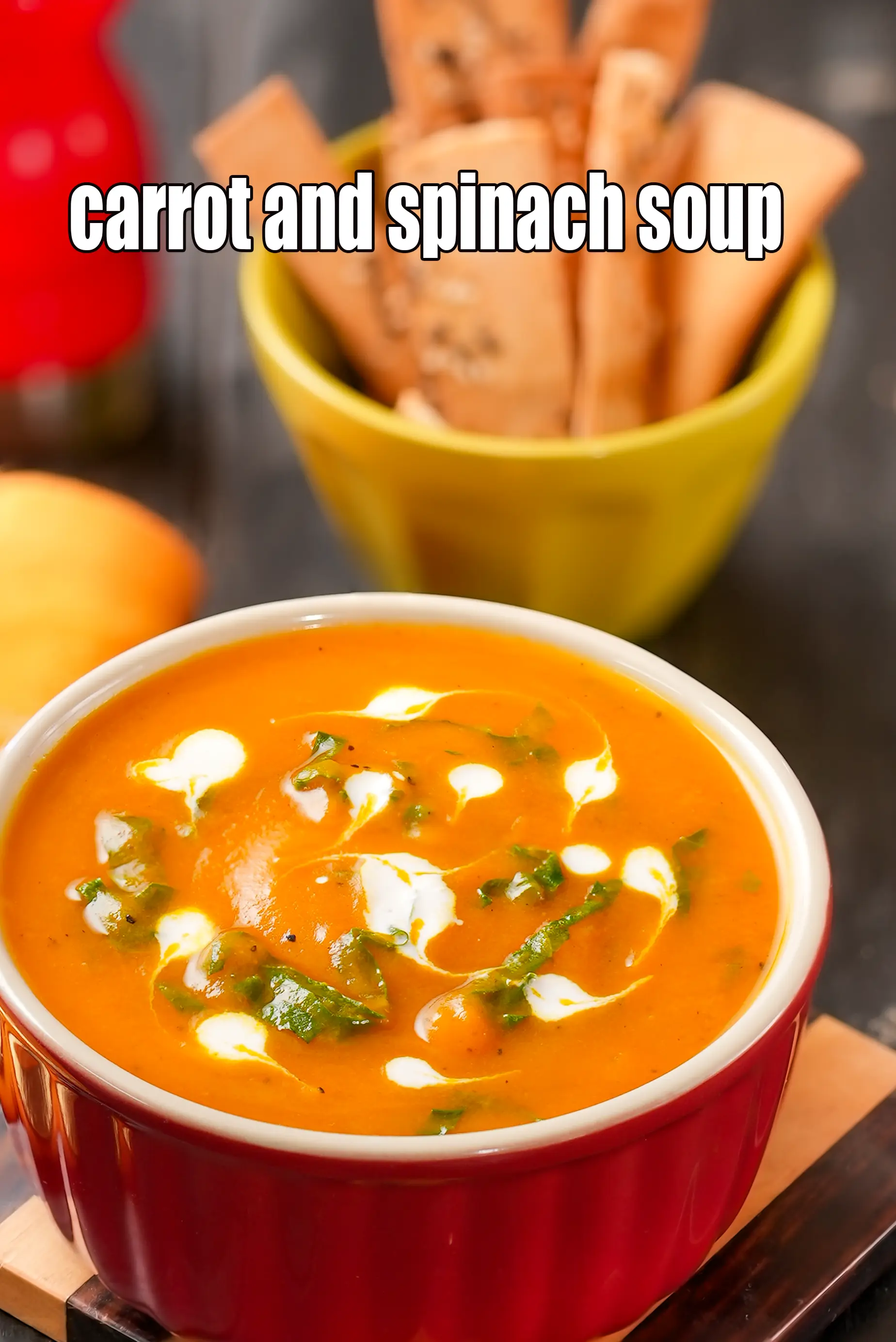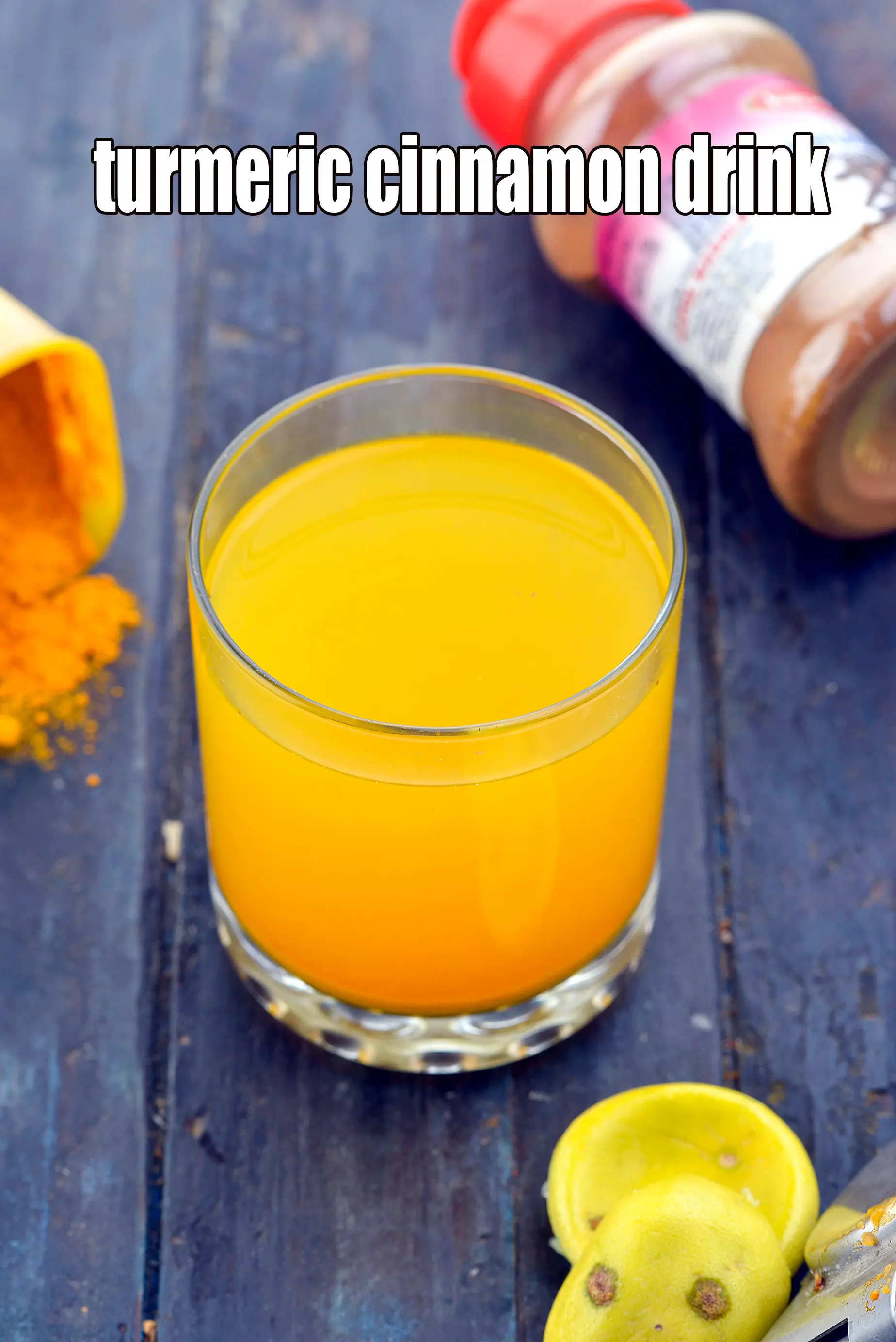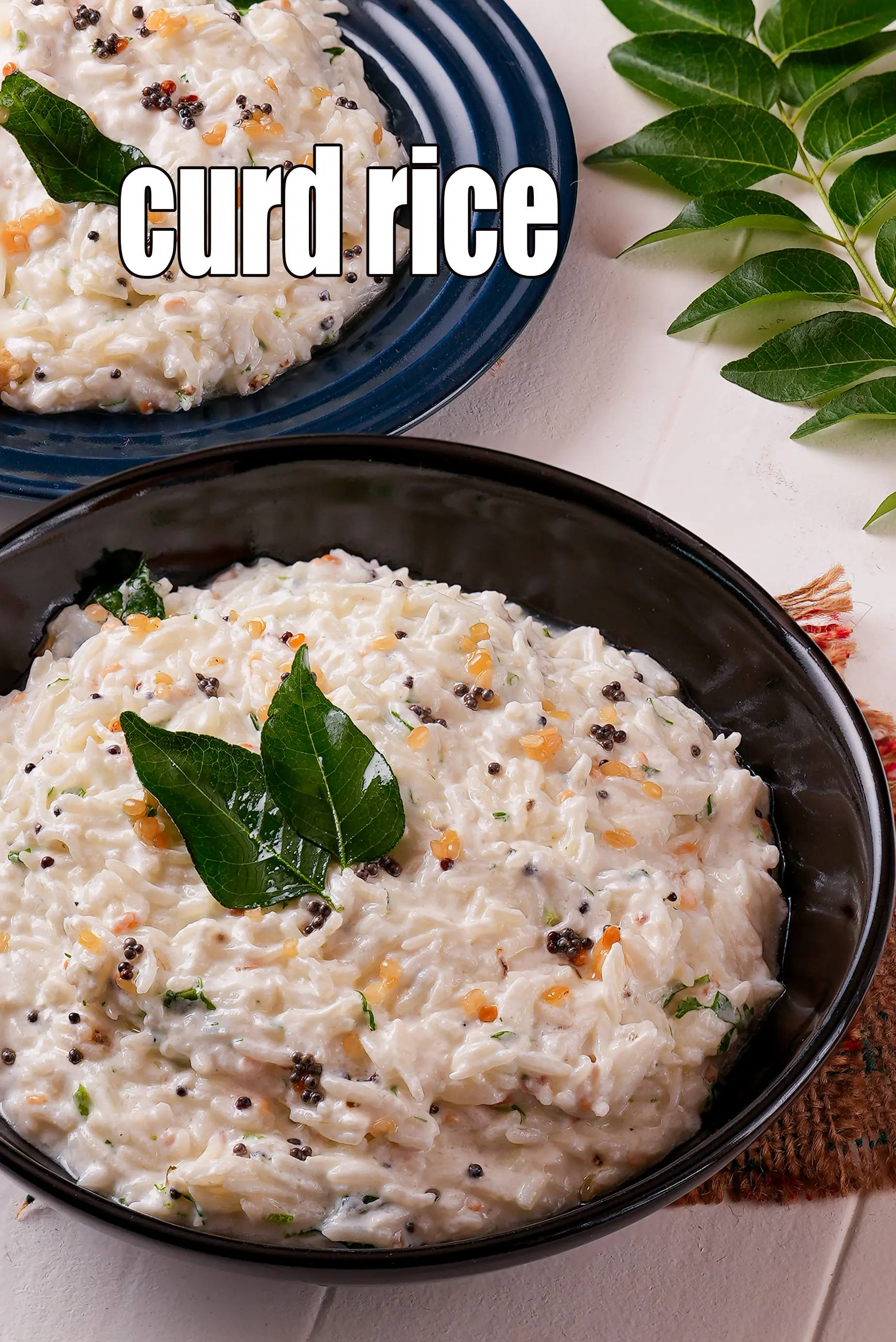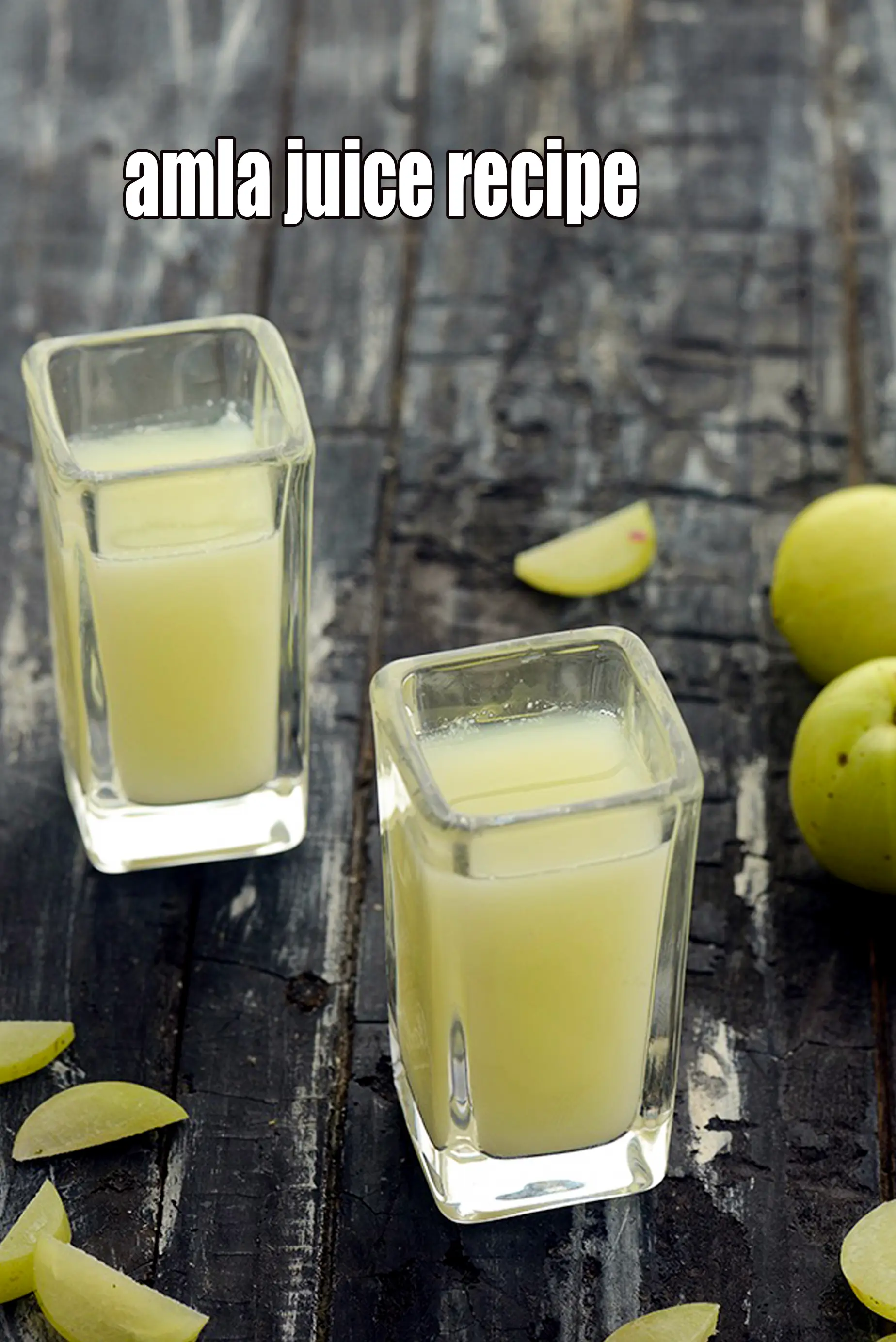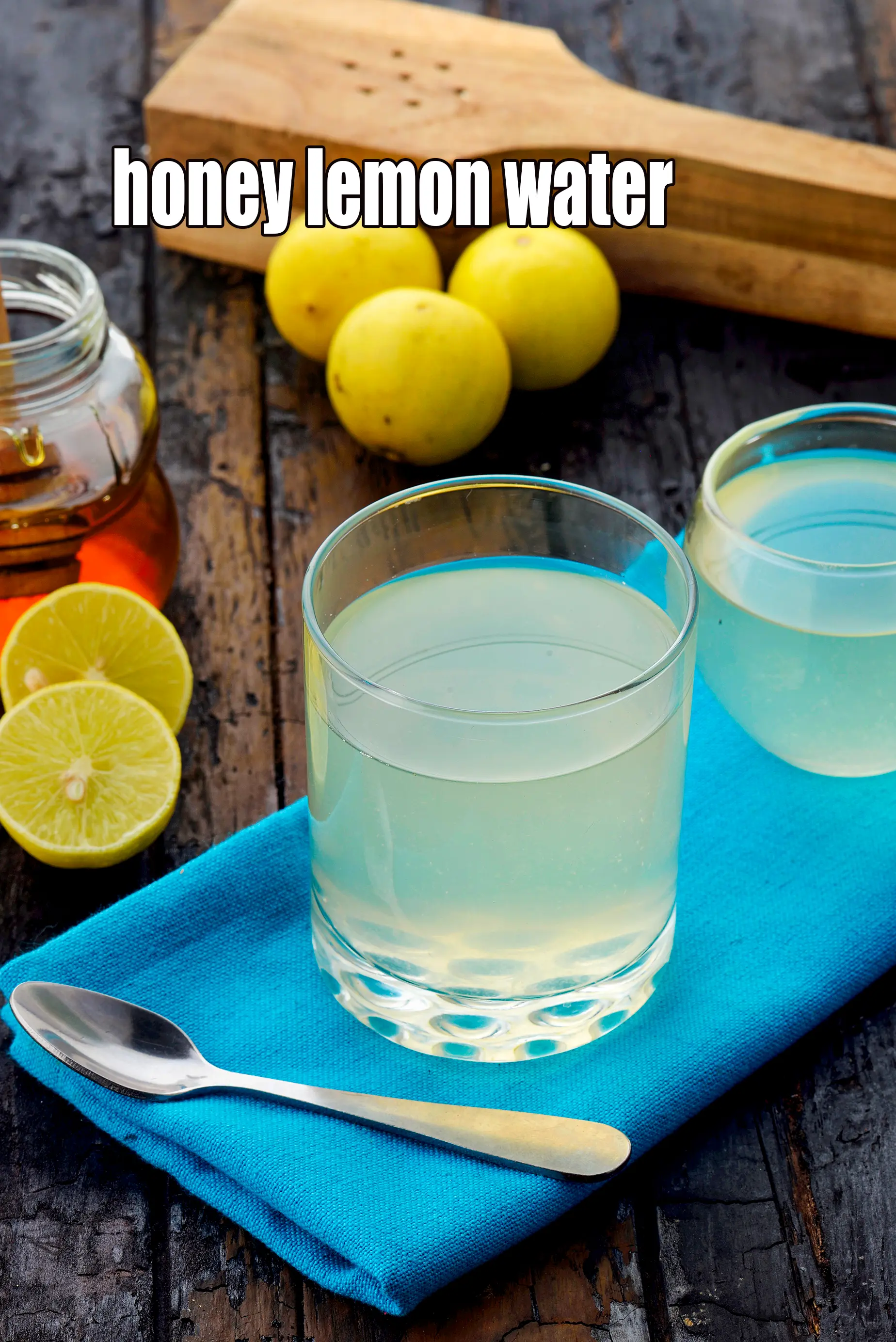Nutritional Facts of Mixed Dal, Calories in Mixed Dal
This calorie page has been viewed 137379 times
Healthy Indian Recipes
Kids Recipes
Healthy Indian Recipes
How many calories does one serving of Mixed Dal have?
One serving of Mixed Dal gives 132 calories. Out of which carbohydrates comprise 77 calories, proteins account for 29 calories and remaining calories come from fat which is 26 calories. One serving of Mixed Dal provides about 7 percent of the total daily calorie requirement of a standard adult diet of 2,000 calories.
Click here to view. Mixed Dal recipe. This recipe proves the fact that dal can be super tasty without being spicy. A mixture of three dals is perked up with tomatoes, onions and other ingredients, which give it a fabulous flavour.
Since spicy meals trigger and aggravate Acidity , this Mixed Dal uses very little green chillies for spice.
However, the chillies are not missed at all, because ingredients like ginger, coriander and cumin seeds impart more than enough flavour to delight the palate!
Is Mixed Dal healthy?
Yes, this is healthy. But restrictions apply to some.
Let's understand the Ingredients.
What's good.
1. Yellow Moong Dal : The fibre (4.1 g in ¼ cup) present in yellow moong dal prevents the deposition of bad cholesterol (LDL) in the arteries which promotes a healthy heart in turn. Packed with nutrients like zinc (1.4 mg), protein (12.2 mg) and iron (1.95 mg), yellow moong dal helps to maintain the elasticity of your skin and help to keep it moist. Fiber, potassium and magnesium from yellow moong dal will work together to regulate blood pressure and soothe the nerves and is diabetic friendly. See here for details of 7 amazing benefits of yellow moong dal.
2. Masoor Dal (split red lentils), Whole Massor : 1 cup off cooked Masoor dal gives 19 grams of protein. Being rich in Phosphorus it works with Calcium to build our bones. Whole Masoor or masoor dal is rich in Folate, Vitamin B9 or Folic Acid which helps your body to produce and maintain new cells, especially red blood cells. Masoor dal is is good for diabetics and a healthy heart. See detailed 10 health benefits of masoor dal.
3. Urad Dal : 1 cup of cooked urad dal gives 69.30% of folic acid of your daily requirement of folate. The folic acid in urad dal helps your body to produce and maintain new cells, especially red blood cells. Being rich in Phosphorus it works with Calcium to build our bones, high in fibre and good for heart, good for lowering cholesterol and good for diabetes. See here for 10 super benefits of urad dal.
4. Onions (pyaz, kanda) : Raw onions are a very valuable source of vitamin C – the immune building vitamin. Along with other phytonutrients from onions, it helps to build WBC (white blood cells) which serves as a line of defence against illness. Yes, it’s a source of many antioxidants, the most important one amongst them being Quercetin. The quercetin in Onions promotes production of HDL (good cholesterol) and lowers total cholesterol in the body. The sulphur in onions act as a blood thinner and prevents blood clotting too. This in turn would lower blood pressure and good for heart, diabetics. Read the benefits of onions.
5. Tomatoes : Tomatoes are extremely rich source of Lycopene. Tomatoes are a powerful antioxidant, super rich in Vitamin C, good for heart. Tomatoes are a Pregnant women's friend and are rich in Folate or Folic Acid which helps your body to produce and maintain new cells, especially red blood cells. Read about 13 amazing benefits of tomatoes.
6. Coriander (kothmir, dhania) : Coriander is a fresh herb often used as a flavour enhancer in Indian cooking. It is mainly used as a garnish. This is the best way to use it - no cooking. This preserves its vitamin C content which helps to build our immunity and bring that sparkle to the skin. The antioxidants vitamin A, vitamin C and the quercetin present in coriander works towards strengthening our immune system. Coriander is a fairly good source of iron and folate – the 2 nutrient which help in the production and maintenance of red blood cells in our blood. Good for reducing cholesterol and good for diabetics. Read 9 benefits of coriander to understand details.
What's the problem?
Can diabetics, heart patients and over weight individuals have Mixed Dal?
Yes, this recipe is good for diabetics, heart and weight loss. The fibre (4.1 g in ¼ cup) present in yellow moong dal prevents the deposition of bad cholesterol (LDL) in the arteries which promotes a healthy heart in turn.
1 cup off cooked Masoor dal gives 19 grams of protein. Being rich in Phosphorus it works with Calcium to build our bones.
DAL + ROTI (cereal) enhances protein value
Combine dal with bajra roti, jowar roti, radish nachni roti recipe , basic ragi roti recipe or whole wheat roti, whole wheat bhakri recipe to make a healthy combination. Note that when you combine any dal with any cereal like bajra, jowar, ragi, buckwheat, barley or whole wheat to enhance the protein value.
Bajra Roti
Can healthy individuals have Mixed Dal?
Yes, this is made of a healthy combo of dals.
8 Pointers to get healthy on a Indian diet
1. Eat healthy and say yes to good home cooked food. Prefer whole grains like oatmeal, quinoa, buckwheat, barley and healthy flours like bajra flour, jowar flour, quinoa flour, wheat flour etc. rather than refined ones like maida. Have healthy Indian fats like ghee, coconut, coconut oil in your diet.
2. Opt out of junk food, packaged food, deep fried foods. Prefer steamed snacks and other non-fried snacks. Check out some Healthy Indian Snacks. Remember to eat small frequent meals through the day as that will keep you always full and prevent your blood sugar from dropping. By starving your body through some diet, will not help you one bit. In fact, dieting will make you binge on 2 to 3 meals which is not good.
3. Have 4 to 5 servings of vegetables and 2 to 3 servings of fruit is a must. Follow the logic of a vegetable in each main meal of the day and a fruit in-between meals. Check out a few Healthy Indian Soups and Healthy Indian Salads recipes using this food group.
4. Cut down on sugar and salt in your diet and pick honey ( very small amounts) or dates to sweeten your food. Slowly cut the sugar habit as this is not going to happen over night. Sugar is also called white poison. It is a simple carbohydrate with zero nutritional value. On intake, sugar will cause inflammation of the body which will last for many hours. It will spike your blood sugar level and shut down the fat burning process. This also causes high blood sugar levels in your body. The development of prediabetes comes from uncontrolled eating sugar and refined food products for many years and the classic symptom is if you have excess belly fat. This leads to diabetes and further onwards to heart attack, high blood pressure, strokes, impotence and kidney damage.
Salt and blood pressure. Apart from stress and obesity, one of the main reasons for high blood pressure is excessive sodium and salt intake. Most people find it difficult to limit the amount of salt in their cooking, thinking it will affect the taste of their favourite dishes.
This is not true. Bajra and jowar are rich in potassium and critical for those with High Blood Pressure as it lessens the impact of sodium. Eating more Potassium Rich Foods will remove more sodium from your body through urine. So include the basic bajra roti and jowar roti in your daily diet to have with Lower Blood Pressure Subzis Recipes.
5. Befriend a few healthy seeds and nuts like chia seeds, flax seeds, sesame seeds, walnuts and almonds.
6. Sprouts are called ‘living food’. They are high is most nutrients and easy to digest as well. Let them feature in your meals at least thrice a week. Also Read : All Benefits about Sprouts.
7. Exercise 45 minutes every day. No excuse. You can walk fast, run, do weights, play your favourite sport or go to the gym.
8. Sleep early and get up early. Get your body into rhythm and it will function best. Sleep helps your body to recover.
Mixed Dal is high in
1. Folic Acid : Folic acid is an essential vitamin required throughout pregnancy.
2. Vitamin C : Vitamin C is a great defence against coughs and colds.
3. Vitamin B1 : Vitamin B1 protects nerves, helps in carbohydrate metabolism, prevents heart diseases and helps produce red blood cells.
Note : a recipe is deemed high in a Vitamin or mineral if it meets 20% and above the recommended daily allowance based on a 2,000 calorie diet.
How to burn 132 calories that come from Mixed Dal?
Walking (6 kmph) = 40 mins
Running (11 kmph) = 13 mins
Cycling (30 kmph) = 18 mins
Swimming (2 kmph) = 23 mins
Note: These values are approximate and calorie burning differs in each individual.
Nutrient values per serving
| Energy | 132 cal |
| Protein | 7.1 g |
| Carbohydrates | 19.2 g |
| Fiber | 3.4 g |
| Fat | 2.9 g |
| Cholesterol | 0 mg |
| Vitamin A | 393.7 mcg |
| Vitamin B1 | 0.2 mg |
| Vitamin B2 | 0.1 mg |
| Vitamin B3 | 0.9 mg |
| Vitamin C | 16.5 mg |
| Folic Acid | 44.4 mcg |
| Calcium | 56.2 mg |
| Iron | 1.7 mg |
| Magnesium | 35.9 mg |
| Phosphorus | 61 mg |
| Sodium | 14.1 mg |
| Potassium | 332.1 mg |
| Zinc | 0.9 mg |
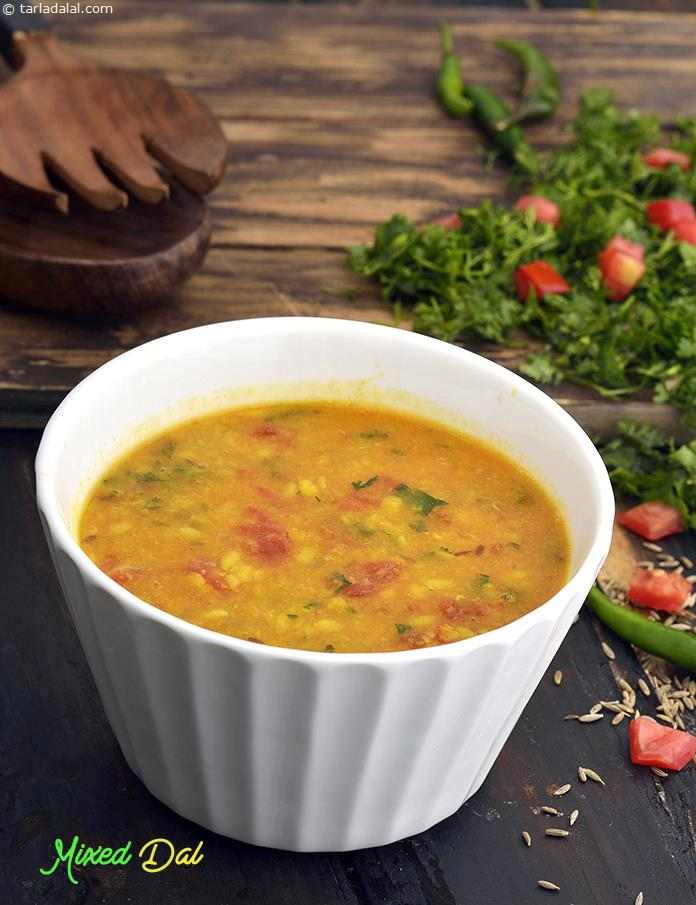
Click here to view Mixed Dal
Calories in other related recipes
.webp)

